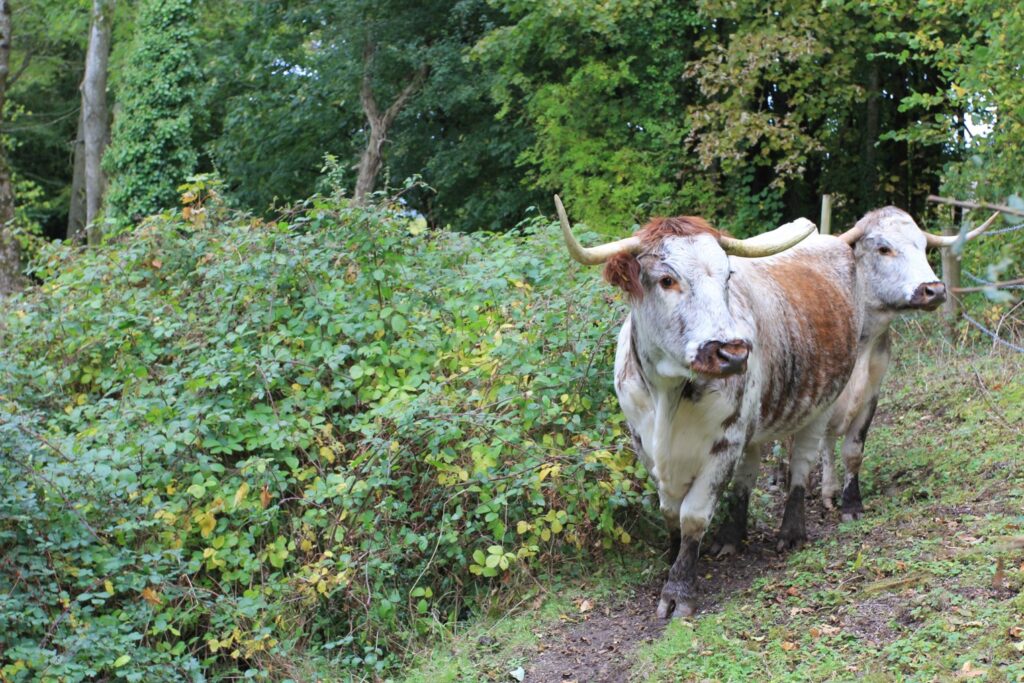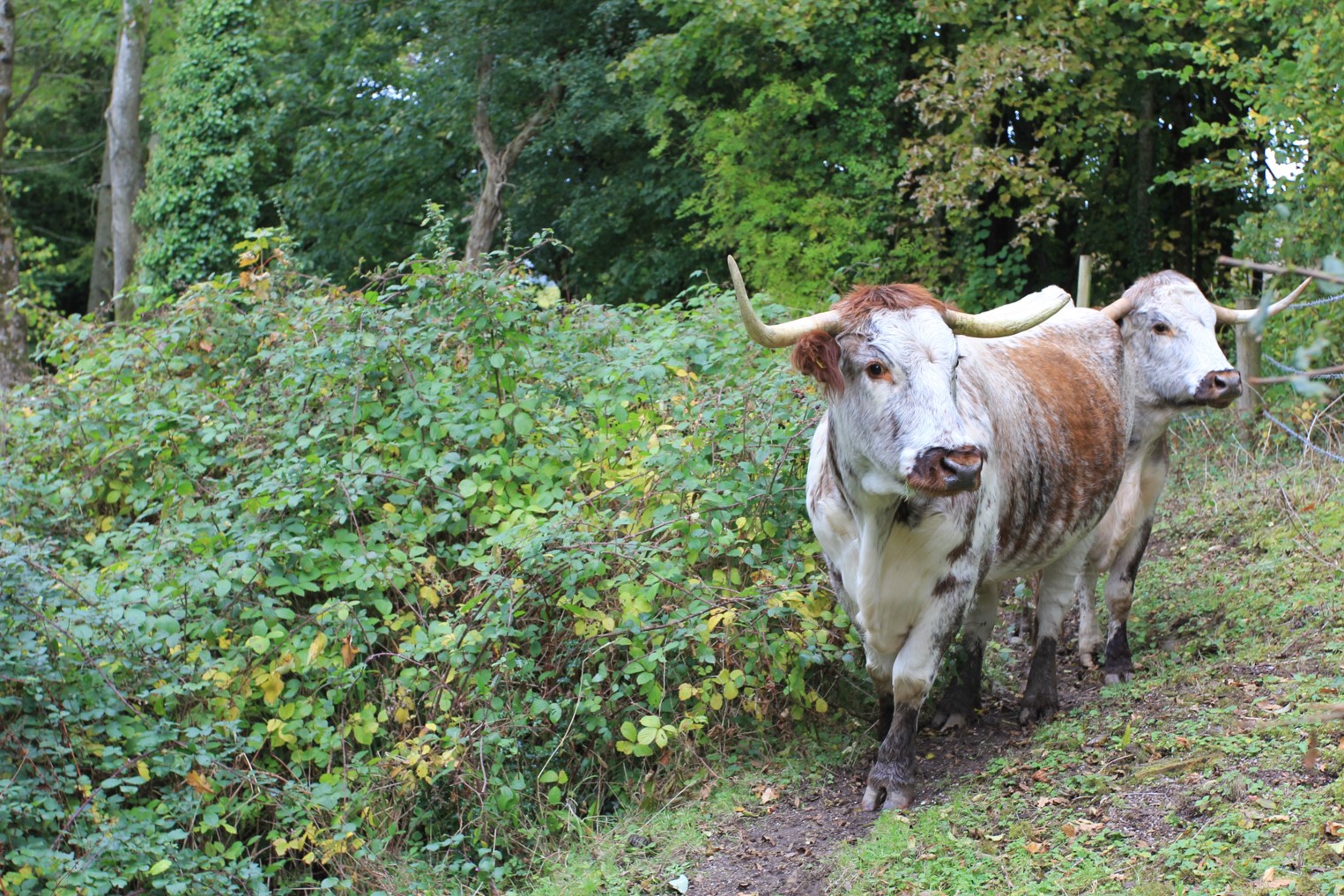Rewilding and interventionist management are often framed as opposites; at one extreme, wild nature is left to forge its own path while at the other, hands-on management is used to meet the needs of particular species or communities. In the second article in our Wilding for Conservation series, however, Rob Fuller and James Gilroy argue that the similarities between these philosophies are greater than might be expected, and explore how rewilding and intervention might be deployed in combination to produce the best possible results for wildlife in Britain.
Nature conservation in Britain has developed a strong ‘interventionist’ paradigm. It is assumed that pre-industrial land uses were relatively benign towards nature and that conserving traditional practices, or undertaking other actions to meet the particular needs of species, is essential in order to maintain diversity. The concept of rewilding, frequently underpinned by assumptions that natural processes will deliver better outcomes, challenges this ‘interventionist’ approach.


